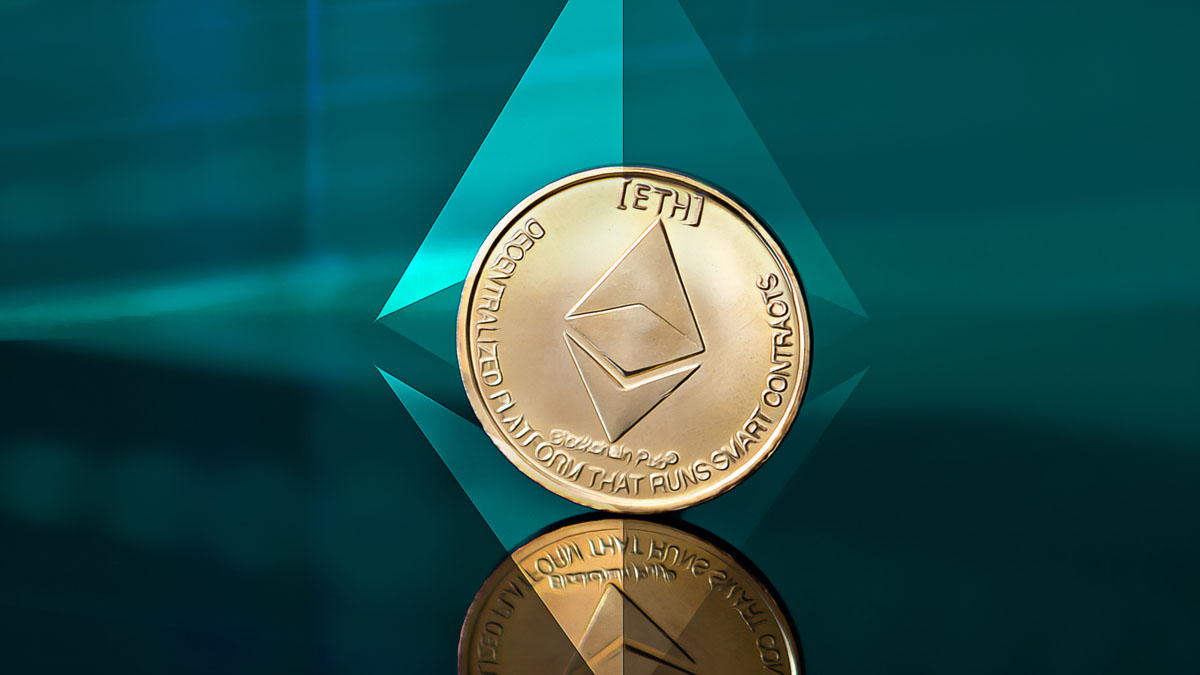Ethereum co-founder Vitalik Buterin has addressed concerns from the ETH staking community while recently liquidating some ETH assets. In a detailed announcement on the X platform, he unveiled a strategy aimed at gradually lowering the Ethereum staking requirement to just 1 ETH.
What Changes Are Being Suggested for Staking?
Buterin has proposed that the current minimum staking requirement, which stands at 32 ETH, be decreased to either 16 or 24 ETH. This adjustment is intended to make staking more accessible to a wider range of users, encouraging greater participation and support for the Ethereum network.
What’s Buterin’s Vision for Decentralization?
He envisions that once issues related to bandwidth and peer-to-peer connections are resolved, the staking threshold could eventually be reduced to just 1 ETH. This plan aims to foster further decentralization within the Ethereum ecosystem. Anthony Sassano, an independent educator in the Ethereum space, has underscored the significance of solo staking and the operation of full nodes at home to ensure genuine decentralization.
Additionally, Buterin has introduced the idea of ‘Ethereum Alignment,’ which seeks to bolster open-source values, economic unity, and synergy within the Ethereum community.
Despite these developments, Ethereum and other altcoins face considerable selling pressure. Following Buterin’s ETH asset liquidation, a major sell-off executed by a whale resulted in an over 8% decline in ETH’s price from its initial coin offering levels.
- Proposed reduction of staking entry barrier to 16 or 24 ETH.
- Long-term goal to lower the minimum to 1 ETH.
- Anticipated benefits include improved network decentralization.
- Potential for increased accessibility and participation in staking.
The Ethereum community remains optimistic that these proposed adjustments to staking requirements could enhance both the security and decentralization of the network, potentially leading to wider adoption among broader audiences.













